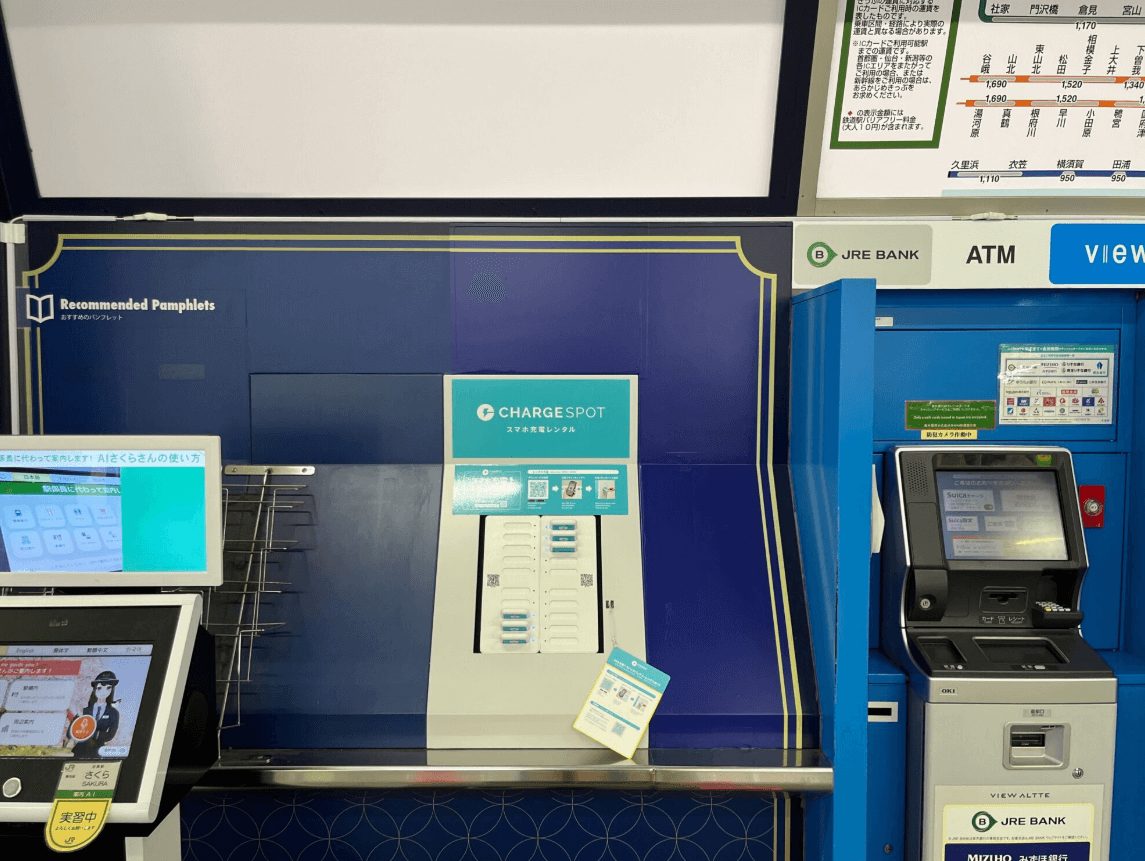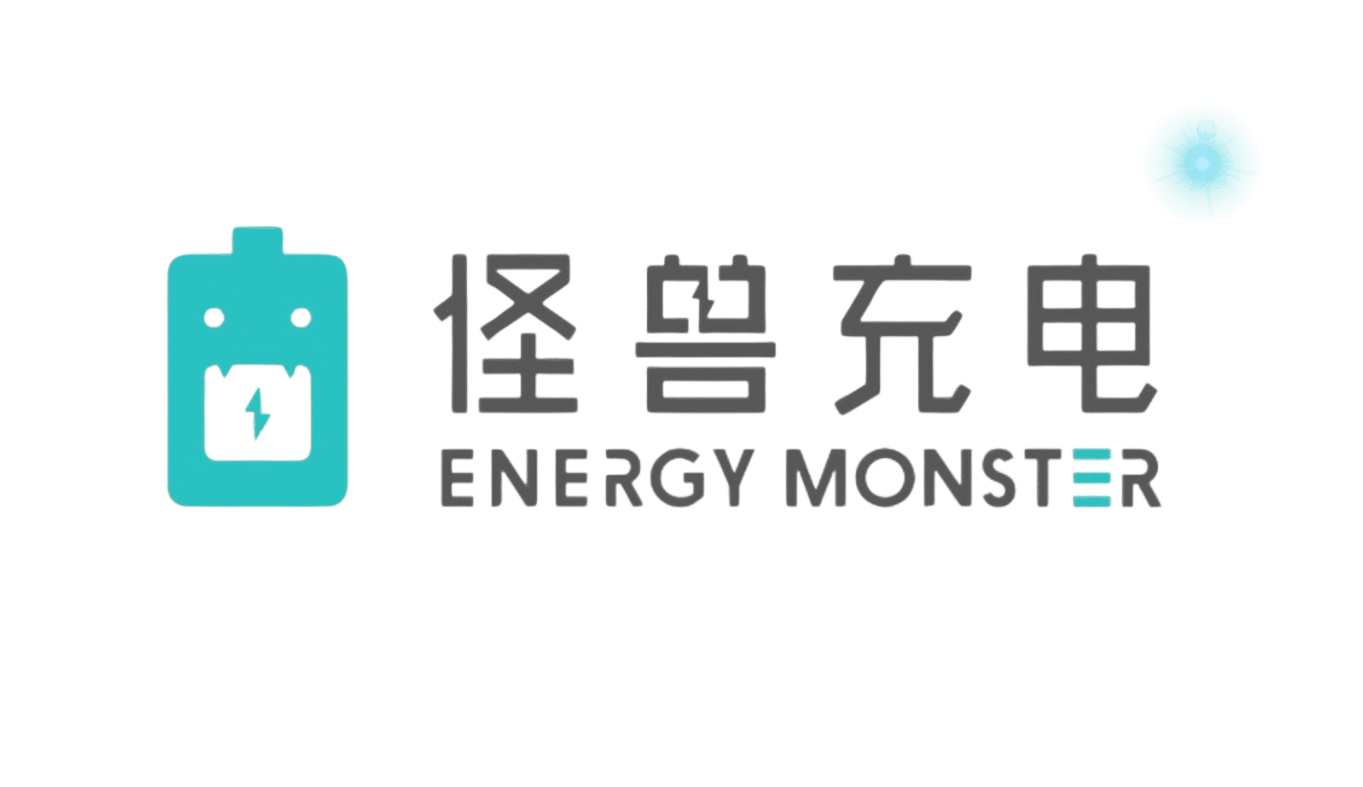The portable charging industry is facing its biggest safety crisis yet. Anker’s recent recall of 700,000 power banks has sent shockwaves through the market, raising serious questions about battery safety standards and supply chain management. This incident offers crucial lessons for the rapidly growing shared power bank industry, which serves millions of users daily across airports, restaurants, and public venues.
The Root Cause: A Supply Chain Failure
According to Anker Innovation’s VP Xiong Kang, the recall stemmed from unauthorized changes to battery cell materials by their supplier. The manufacturer altered the cathode material composition and separator properties without approval, affecting an estimated 20-30 million battery cells in circulation.
What makes this particularly concerning is that multiple brands source from the same suppliers. Industry estimates suggest that over 50% of problematic battery cells may still be in the market, creating a ticking time bomb for consumer safety.
The immediate fallout was severe: aviation authorities banned non-3C certified power banks from flights, disrupting travel plans for millions and highlighting the urgent need for stricter safety protocols.
1. Regulatory Compliance and Liability Risks
The shared power bank industry now faces unprecedented scrutiny. Operators must:
- Conduct comprehensive audits of their entire device inventory
- Implement real-time battery health monitoring systems
- Prepare for potential liability claims from safety incidents
- Navigate increasingly complex certification requirements
The cost of non-compliance isn’t just financial – it’s existential. One safety incident could trigger massive lawsuits and destroy consumer trust overnight.
2. The Trust Deficit Problem
Consumer confidence has taken a significant hit. A recent survey showed that 68% of users now express safety concerns about using shared power banks. To rebuild trust, operators need to:
- Display safety certifications prominently on devices
- Implement transparent tracking systems for battery age and usage cycles
- Create user-friendly safety reporting mechanisms
- Invest in public education about battery safety
3. Skyrocketing Operational Costs
Meeting new safety standards requires substantial investment:
- Replacing legacy devices: $50-100 per unit
- Enhanced testing protocols: 15-20% increase in maintenance costs
- Premium battery cells: 30-40% higher procurement costs
- Insurance premiums: Expected to double within 12 months
For an industry operating on thin margins, these cost increases could force major consolidation.
Turning Crisis into Opportunity
Innovation as a Competitive Advantage
Forward-thinking companies are already pivoting toward safer technologies:
- LiFePO4 batteries: More stable but previously considered too expensive
- AI-powered monitoring: Predictive maintenance to prevent failures
- Modular designs: Easy battery replacement without discarding entire units
- Blockchain tracking: Transparent supply chain verification
Companies that invest in these technologies now will dominate the market in 2-3 years.
Market Consolidation Benefits
This crisis will accelerate the elimination of fly-by-night operators. Well-capitalized companies can:
- Acquire distressed competitors at attractive valuations
- Achieve economies of scale in safety compliance
- Build premium brands around safety credentials
- Negotiate better terms with venues concerned about liability
The Premium Safety Segment
Just as organic food commands higher prices, “certified safe” power banks can justify premium pricing. Early movers in this segment report:
- 25% higher rental rates for certified devices
- 40% increase in repeat usage
- Exclusive contracts with premium venues
- Lower insurance costs due to reduced risk profiles
The Path Forward: Building a Sustainable Industry
The shared power bank industry stands at a crossroads. Companies that treat this crisis as a wake-up call will thrive; those that don’t will disappear.
Key actions for industry leaders:
- Establish industry standards: Form a safety consortium to create voluntary standards exceeding government requirements
- Invest in transparency: Publish regular safety audits and battery lifecycle data
- Collaborate with regulators: Proactively engage with aviation and safety authorities
- Educate consumers: Launch public awareness campaigns about battery safety
The bottom line: This crisis isn’t just about recalls and regulations. It’s about fundamentally reimagining how the shared power bank industry operates. Companies that embrace radical transparency, invest in cutting-edge safety technology, and build trust through action rather than words will emerge stronger.
The power bank recall crisis of 2024 will be remembered as either the beginning of the end or the catalyst for transformation. For companies willing to invest in safety and innovation, it’s clearly the latter. The question isn’t whether the industry will survive – it’s which companies will lead the new era of safe, reliable shared charging solutions.







